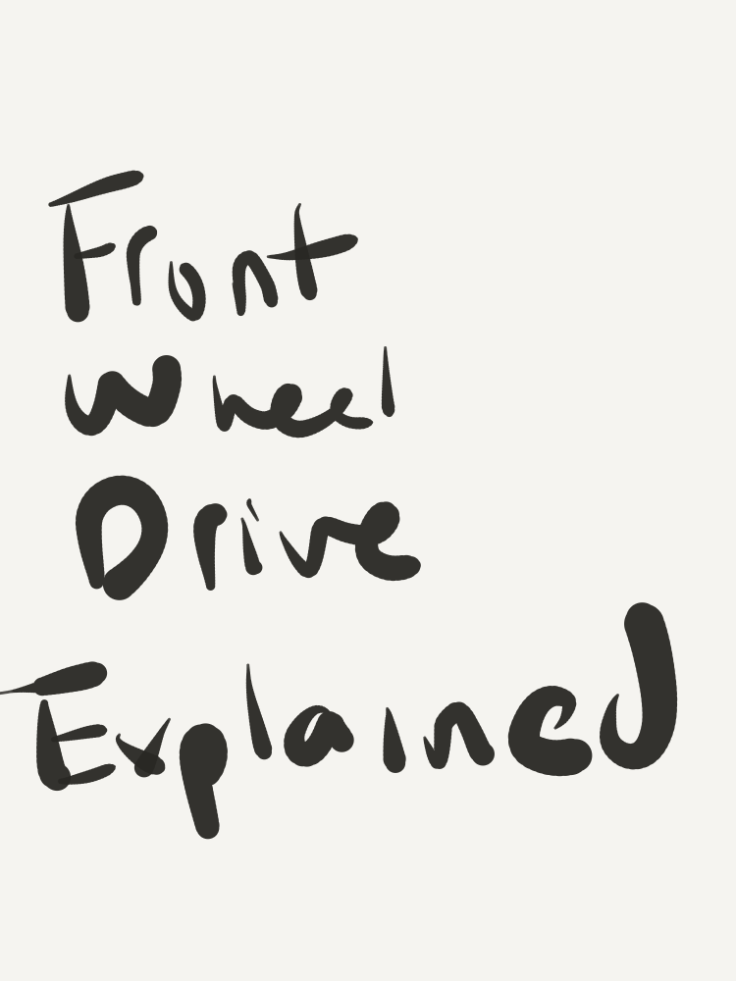
If you drive the following cars, it’s probably front wheel drive…
- Honda Civic
- Toyota Camry
- Chevy Impala
- Mercedes CLA
- Audi A4
- …and many more
Front wheel drive is one of the most common platforms for most of today’s autos. While RWD, 4WD and AWD offer their advantages, FWD or Front Wheel Drive, offers its distinct advantages as well. So, this week, I’ll explain FWD!
FWD literally means, the front wheels drive/move the car. The wildly popular setup has gained its popularity over the past couple decades, but has dated back to the 20s from Cord. The modern day setup is based off of Sir Alec Issigonis and the 1959 Mini.
The general setup consists of a transverse mounted engine, meaning sideways mounted, a transmission and differential mounted on the same axle (thus the term, transaxle), then a pair of halfshafts and a CV (constant velocity) joint to round out the setup.
The main piece to the puzzle is the transaxle. The transaxle functions like the transmission and differential in one piece. Instead of having a transmission, a long driveshaft and a differential to transmit power to the wheels, the transaxle’s output shaft meshes with the differential’s ring gear. The transmission and differential are parallel to each other and the power is sent to the wheels via halfshafts.
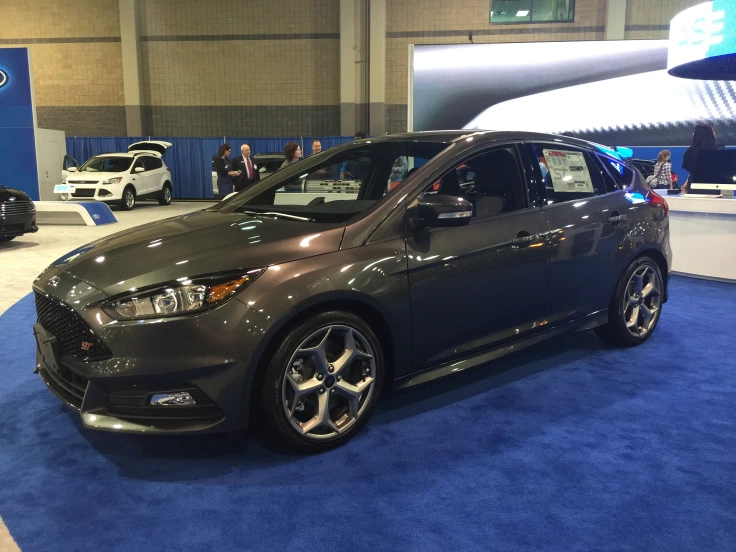
There are a few advantages with front wheel drive. For one, you save space. Instead of having a giant hump running thru the middle of the car, atleast in most vehicles, the floor can be flatter because there’s no drivenshaft. That also helps with weight distribution, cost of the vehicle and gas mileage. Another key advantage versus rear wheel drive, is traction. Front wheel drive cars are traditionally better in snow and rain.
There are also some disadvantages of front wheel drive. FWD cars are nose heavy, which doesn’t help with handling in some circumstances. Another issue is the fragility of some of the components. You have a lot more moving parts with front wheel drive, which leads to the potential of crippling damage. Lastly, everyone’s favorite…torque steer. Torque steer is when your car pulls to the left or right during acceleration. That’s why a lot of performance setups are rear or all wheel drive, because those setups can handle power a lot better.
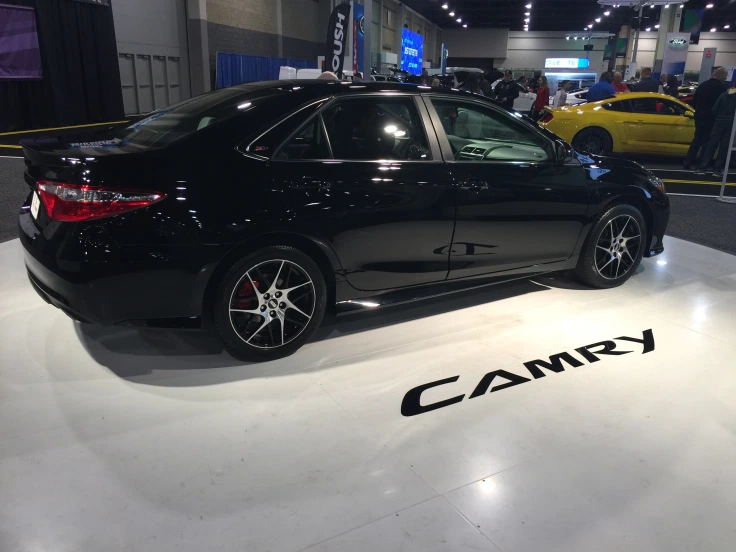
Other notable front wheel drive vehicles are:
- Cadillac Deville, DTS, Seville
- Oldsmobile Aurora
- Chevy Impala SS, Pontiac Grand Prix GXP, Buick Lacroose Super
- Buick Lucerne
These cars are all V8 powered which doesn’t help with torque steer and serviceability is difficult, because you have a lot less space to work with.
- Chevy Traverse, GMC Acadia, Buick Enclave
- Honda CRV
- Toyota Sienna
These are examples of larger FWD drive vehicles. Although AWD is an ideal setup for larger vehicles, FWD is capable to handle the job.
If your driving the sporty Honda Civic Si or hauling the family around in your Chevy Traverse, your probably the owner of a front wheel drive vehicle. With it being the most common setup, most vehicles are driven by the front wheels.

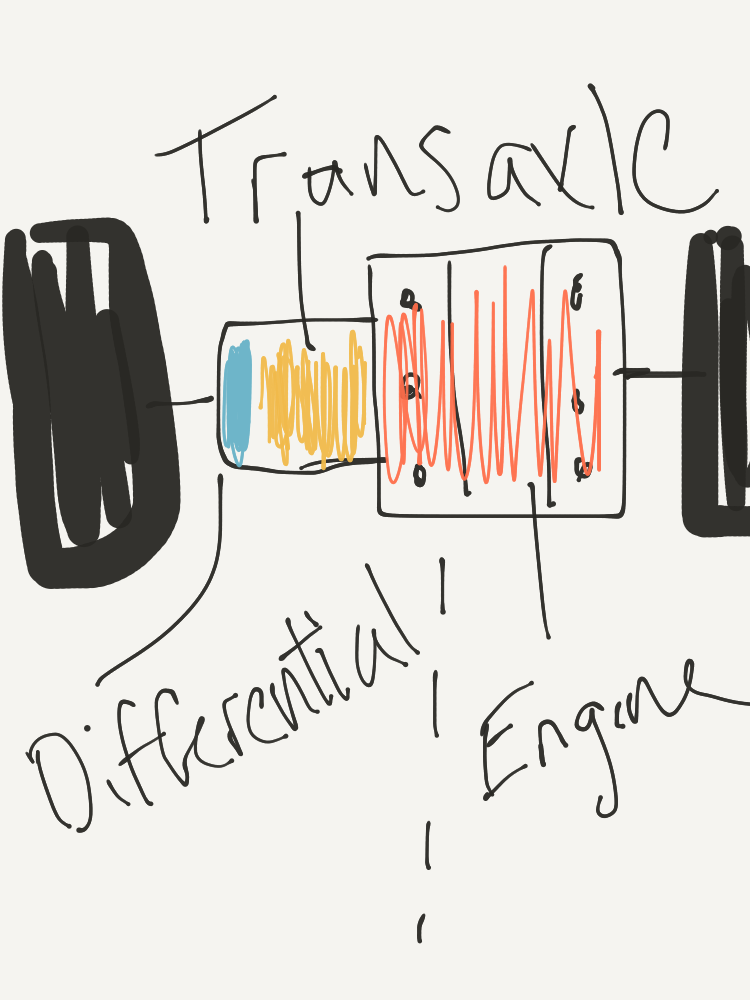
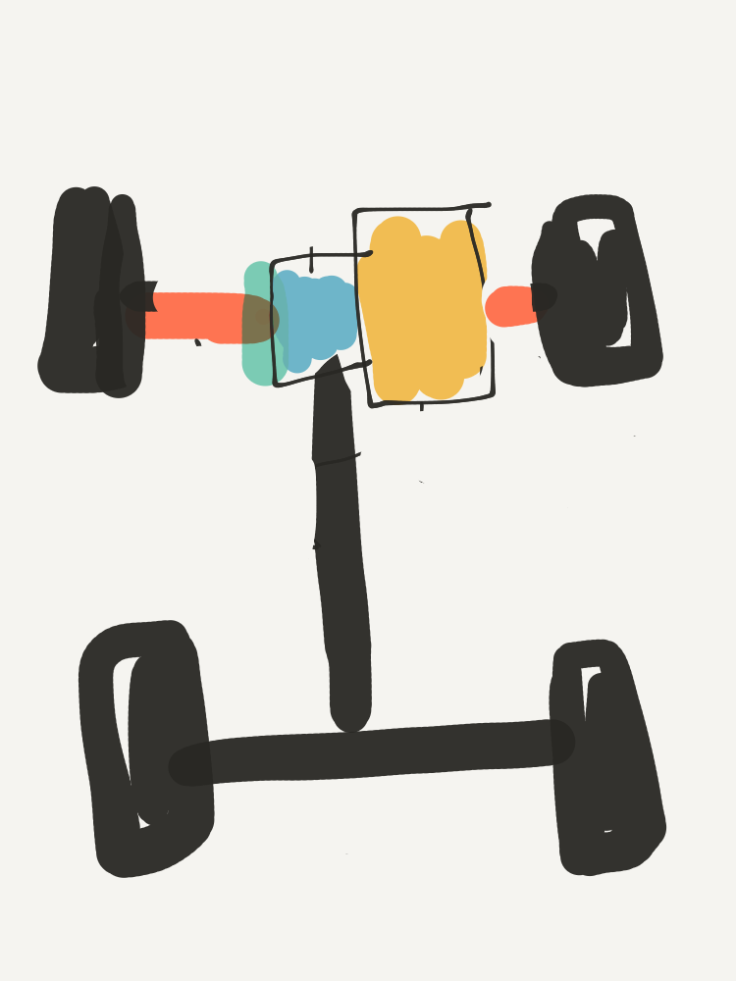
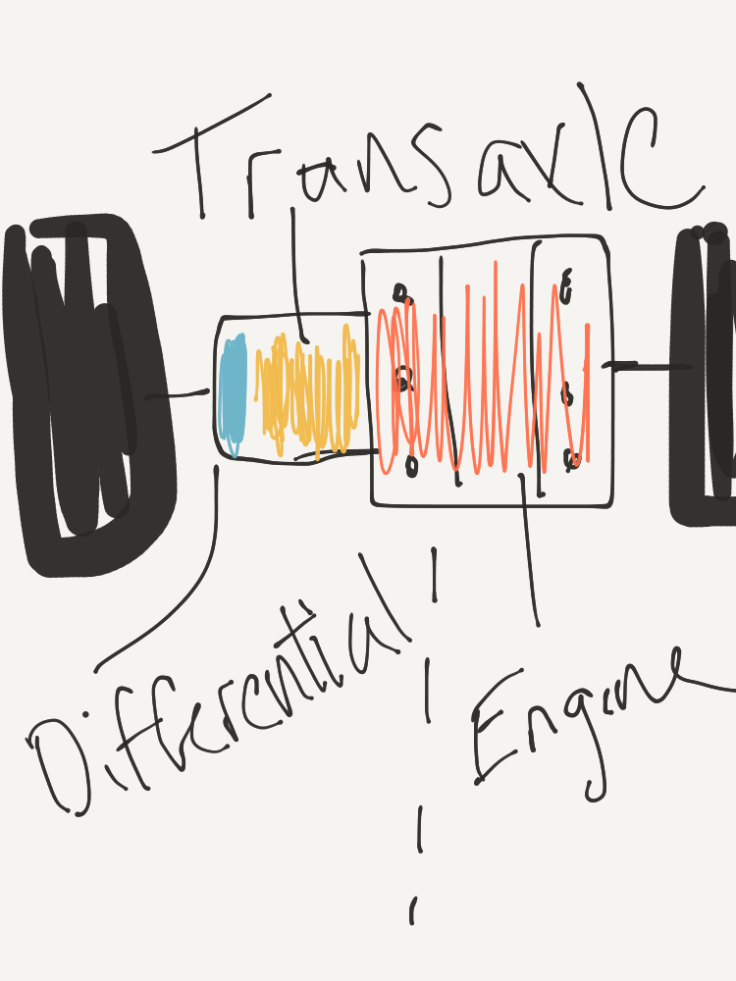
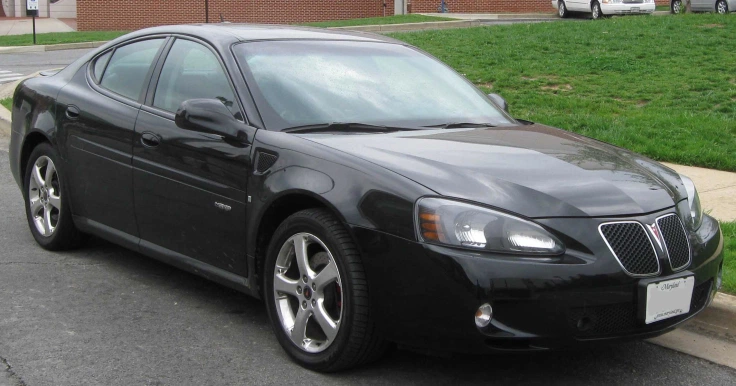
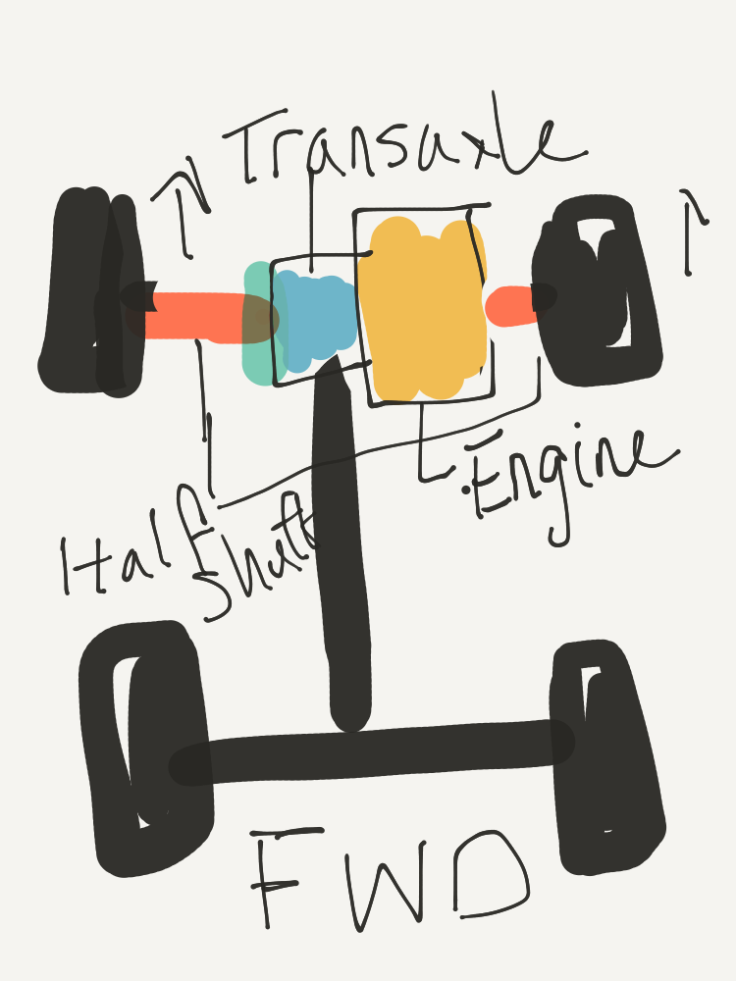

Comments?